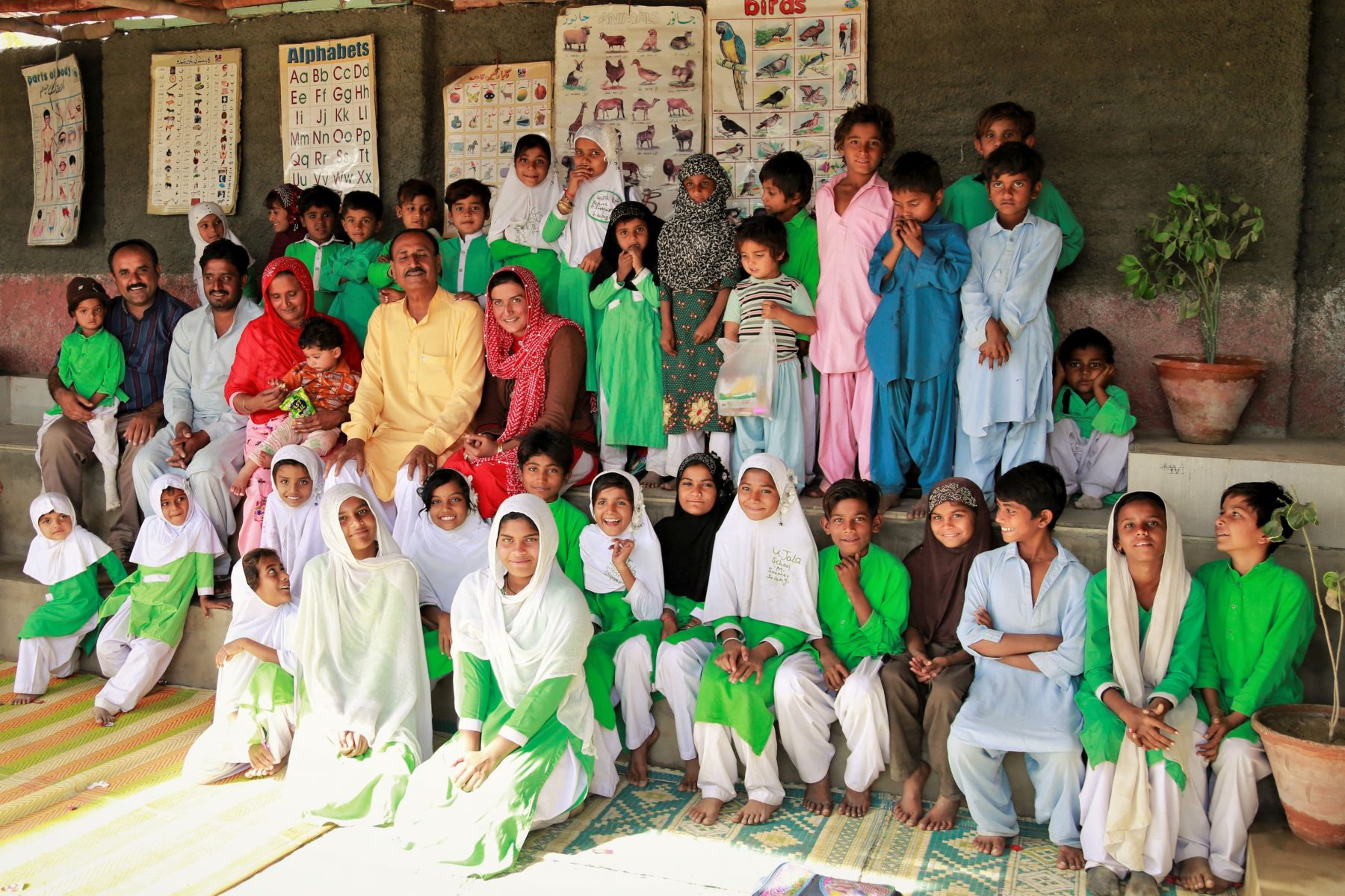Field Notes is a blog series that delves into the implementation, monitoring and evaluation side of SABAQ. In this post, we talk about how much we’ve come to rely on our Village Education Committees.
If you think setting up a SABAQ Centre is challenging, a bigger challenge is ensuring that these Centres remain operational in the coming years. While financial sustainability is always on top of that list, there’s always a need to ensure that SABAQ Centres are running in top form.
If there’s one thing we can count on to help us foster sustainability, it’s the indomitable spirit and support of the communities that we work with. Not only have they generously donated spaces where SABAQ Centres are established, they’re enthusiastic volunteers for our Village Education Committees who deal with management and oversight at a grass-roots level. Each member puts in time and effort, coordinating schedules so that they observe a SABAQ Centre at least once a week, have monthly sessions with Facilitators, maintain student attendance and enrollment and make detailed reports that only go on to strengthen its operations.
The VECs are pitching in to help maintain financial sustainability. One of the ways the original SABAQ model was modified was by including contribution, mainly to account for the Facilitator’s salaries, where students are charged a monthly tuition fee. The VECs are responsible for collection and maintaining a proper record. After budgeting for salaries, the VECs also make recommendations for how to best use the remaining funds like buying supplies for students.
To them, however, it is all about giving children a chance at getting the best learning experience. That and the joy of seeing them happy. At the SABAQ Centre in Muhammed Soomaar Solangi, the first thing that hits you are the vivid parrot green uniforms that students are dressed in. Students enrolled in SABAQ Centres don’t really have a uniform. The VEC in-charge pitched in from their own personal funds to get them made. Maryam, the VEC chairwoman, championed the idea of uniforms so that the students felt like they were a part of an army, ‘I thought dressed alike, they would feel together. On a mission to change their lives. Its delightful to see them dressed alike, learning. But their happiness is so much more and at the end, that that’s what it’s all about.’

